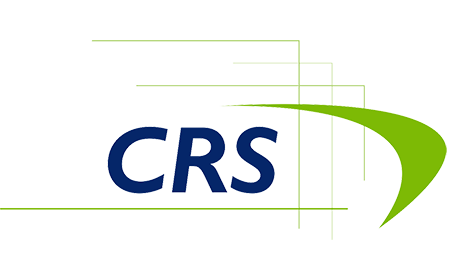Your Clients Should Reconsider Sponsoring a SIMPLE. Here’s Why.
CRS often speaks with financial advisors whose clients are seeking a “cost-effective” retirement plan option, and a common consideration is the SIMPLE IRA. The name notwithstanding, a SIMPLE IRA can be anything but and could cost your clients much more in the long run.
Last year, we published an article regarding SIMPLE plans and received requests to expand on the topic. Review our previous article about SIMPLE IRAs here>>
In this latest article, we’ll explore why a SIMPLE IRA underdelivers in comparison to a 401(k)/profit sharing plan.
5 Downsides of SIMPLE IRAs vs. 401(k) Plans
1) Significantly Lower Contribution Limits
In a SIMPLE IRA, individuals can only contribute up to $14,000 ($17,000 if they are 50 or older). As opposed to a 401(k) plan, an employee can contribute up to $20,500 ($27,000 if they are 50 or older).
Another benefit of a 401(k) plan is that owners can make profit sharing contributions which are not allowed with a SIMPLE. This can increase to total contributions to $61,000 or $67,500 (depending on age).
2) The Employer is Prohibited from Maintaining Any Other Retirement PlansTiming Considerations
If your clients desire even more tax deductions, they are not able to sponsor any other plan with a SIMPLE IRA. However, with a 401(k)/Profit Sharing plan, businesses may add a pension plan so that they can save even more than $61,000.
With a cash balance pension plan, contributions to the owner can increase contributions by $100,00-$300,000. To learn more, please see our previous article on Cash Balance plans by clicking here.
3) Required, 100% Vesting and Mandatory Contributions
SIMPLE IRAs require contributions that must be immediately 100% vested. Any employees earning at least $5000 in any two preceding calendar years and expected to earn $5000 in the current calendar year must be eligible (with no additional eligibility requirements). This can create a scenario where nearly 100% of employees may be eligible. In addition, contributions must be the same for all employees (a 3% match or a 2% contribution to all eligible employees).
This can make a SIMPLE IRA very expensive for business owners. In contrast, 401(k) plans allow:
- Vesting schedules that encourage employee tenure.
- Specific eligibility requirements to meet company needs.
- Voluntary contributions.
- Tiered allocations based on plan design.
All of these options are lost with a SIMPLE IRA.
4) Roth Contributions Are Not Allowed
SIMPLE IRAs only allow for pre-tax contributions, while 401(k)s allow both Roth and pre-tax contributions. A Roth feature permits employees to pay taxes on contributions immediately versus when funds are withdrawn during retirement. Roth can be an attractive option for employees depending on their tax bracket and financial needs.
5) Loans and Hardship Distributions Are Not Allowed
SIMPLE IRAs don’t allow for loans or hardship distributions. A 401(k) plan makes both these options available based on the plan’s design. Even though participants aren’t necessarily encouraged to siphon retirement funds out of their accounts, the ability to do so is an important option for employees.
SIMPLE IRA vs. 401(k) Plan Summary
| SIMPLE IRA | 401(k) Plan | |
| Employee Eligibility | All employees who have compensation of at least $5,000 in any prior two years and expect to earn at least $5,000 in the current year. | All employees at least 21 years old who worked at least 1,000 hours in the previous year. |
| Contribution Laws | Mandatory employer contributions All contributions vest immediately. Employer contributions are tax-deductible. | Optional employer contributions. Employer sets vesting schedule for employer contributions. Employer contributions are tax-deductible up to IRS limits. |
| Contribution Limits | Employee contribution limit is $14,000 ($17,000 for those age 50 or older) in 2022. | Employee contribution limit is $20,500 ($27,000 for those age 50 or older) in 2022. |
| Administration | No annual tax filing requirements.Plan details must be sent to employees annually. | Subject to annual compliance testing to ensure plan does not favor highly compensated employees. |
A SIMPLE IRA may have a lower setup cost and less compliance requirements. However, that is where most benefits end. If your clients are seeking flexibility, cost variability, and higher contribution limits, a 401(k) plan may be worth the consideration.
Please contact CRS to receive more information about SIMPLE IRAs.
Michael Davis has been in the retirement plan industry since 1994 and is our Vice President of Sales at RS. Michael can be reached via email at .



